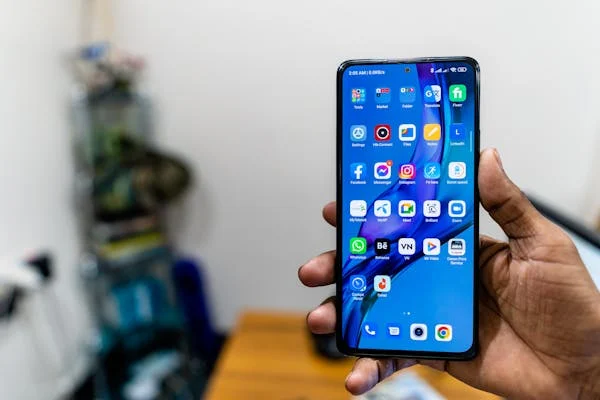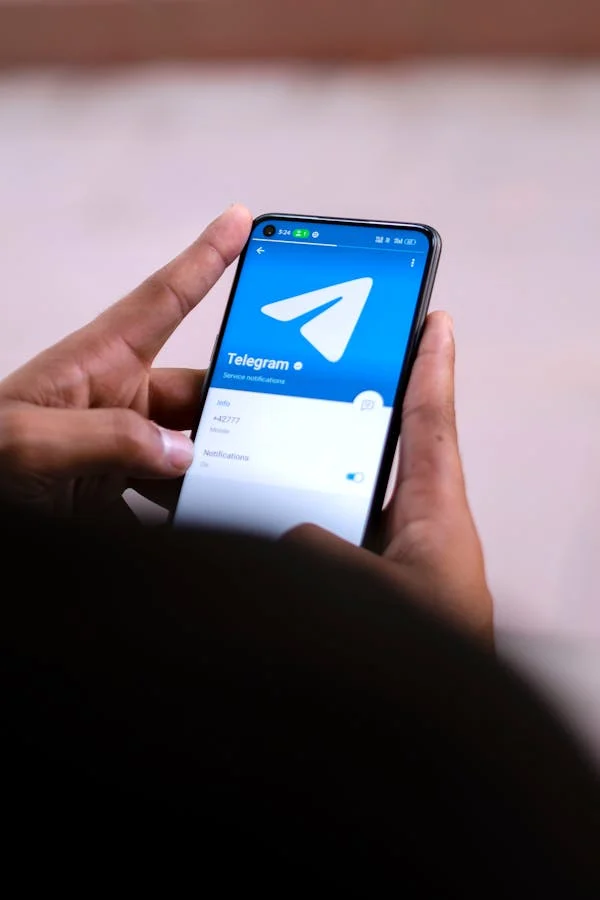Augmented Reality on Mobile: Apps and Use Cases the Game
Augmented Reality (AR) has transitioned from science fiction to a transformative technology embedded in our daily lives. Mobile devices have become the gateway to AR experiences, offering everything from entertainment to practical applications.
Let’s explore the most innovative AR apps and their groundbreaking use cases that are reshaping how we interact with the world.
What is Augmented Reality?
AR overlays digital content—such as images, sounds, and interactive elements—onto the real world through your smartphone’s camera or sensors. Unlike virtual reality (VR), which creates an entirely new environment, AR enhances the physical world around you.
Top AR Mobile Apps
1. Pokémon GO
- Category: Gaming
- Why It’s a Game-Changer: This cultural phenomenon brought AR gaming into the mainstream. Players use their phones to catch virtual Pokémon in real-world locations, blending physical exploration with digital interaction.
2. IKEA Place
- Category: Home Design
- Why It’s a Game-Changer: IKEA’s app lets users visualize how furniture would look and fit in their homes. By leveraging AR, it reduces the guesswork in home decor decisions.
3. Snapchat and Instagram
- Category: Social Media
- Why It’s a Game-Changer: AR filters and effects have become integral to social media platforms, allowing users to enhance their photos and videos with dynamic, interactive overlays.
4. Google Lens
- Category: Productivity and Search
- Why It’s a Game-Changer: Google Lens uses AR to identify objects, translate text, and provide information about items seen through your camera.
5. ARKit and ARCore Apps
- Category: Development Platforms
- Why They’re Game-Changers: Apple’s ARKit and Google’s ARCore provide tools for developers to create cutting-edge AR experiences, driving innovation in various industries.
Use Cases of Mobile AR
1. Gaming and Entertainment
AR gaming has created new ways to engage players. Games like “Pokémon GO” and “Harry Potter: Wizards Unite” encourage outdoor activity while merging virtual characters with real-world environments. AR also enhances live events, providing interactive experiences for fans.
2. Education and Training
Mobile AR apps are revolutionizing learning by offering interactive, immersive experiences. For instance:
- Anatomy apps let medical students explore 3D models of the human body.
- AR simulations provide hands-on training for industries like aviation and manufacturing.
3. Retail and E-Commerce
AR bridges the gap between online and in-store shopping by allowing customers to:
- Virtually try on clothes and accessories.
- Preview furniture and decor in their homes.
4. Navigation and Mapping
Apps like Google Maps use AR to overlay directional arrows and landmarks onto real-world views, making navigation more intuitive.
5. Healthcare
AR aids in medical diagnostics and treatment planning. For example:
- Surgeons use AR to visualize anatomy during procedures.
- Physical therapy apps offer guided exercises with real-time feedback.
6. Real Estate
AR allows potential buyers to take virtual walkthroughs of properties, saving time and enhancing decision-making.
7. Marketing and Advertising
Brands are using AR to create engaging campaigns. For example:
- Interactive AR ads let users try products virtually.
- AR-enhanced packaging offers dynamic content when scanned.
Challenges and Future Trends
Despite its potential, AR faces challenges like:
- Hardware Limitations: AR experiences depend on powerful processors and sensors, which may not be available in all smartphones.
- Battery Drain: AR apps can consume significant power.
- Accessibility: Not all users are familiar with AR technology, limiting adoption.
Looking ahead, we can expect:
- Improved Hardware: Devices with dedicated AR chips for smoother experiences.
- 5G Integration: Faster networks will enable real-time AR applications.
- AI Synergy: Artificial intelligence will enhance AR interactions, making them more personalized and intelligent.
Conclusion
AR on mobile is more than just a novelty; it’s a transformative tool reshaping industries and daily life. From gaming and education to retail and healthcare, AR is changing the way we see and interact with the world. As technology advances, the line between the physical and digital realms will continue to blur, opening up endless possibilities for innovation and creativity.







